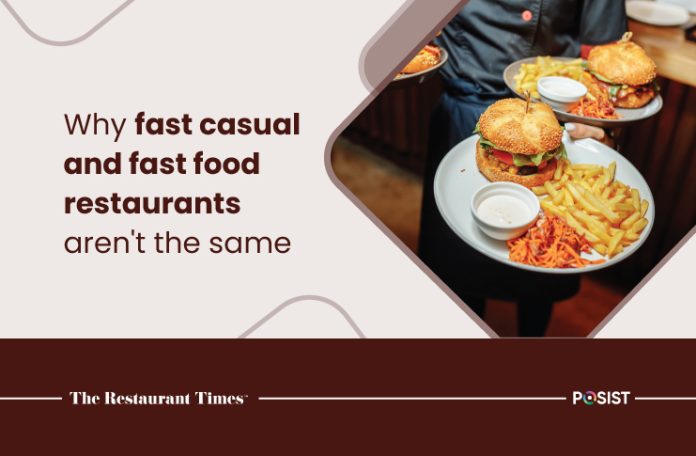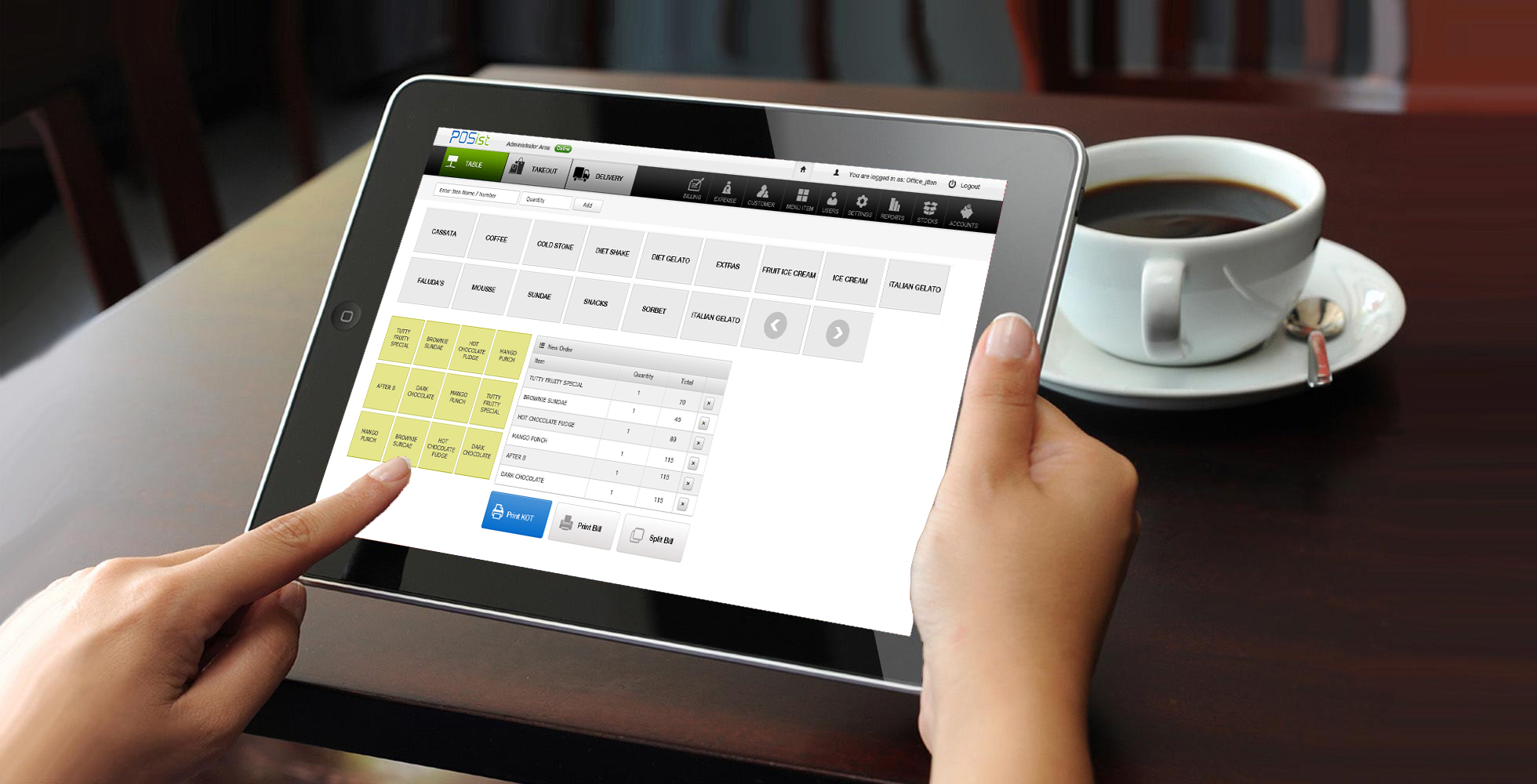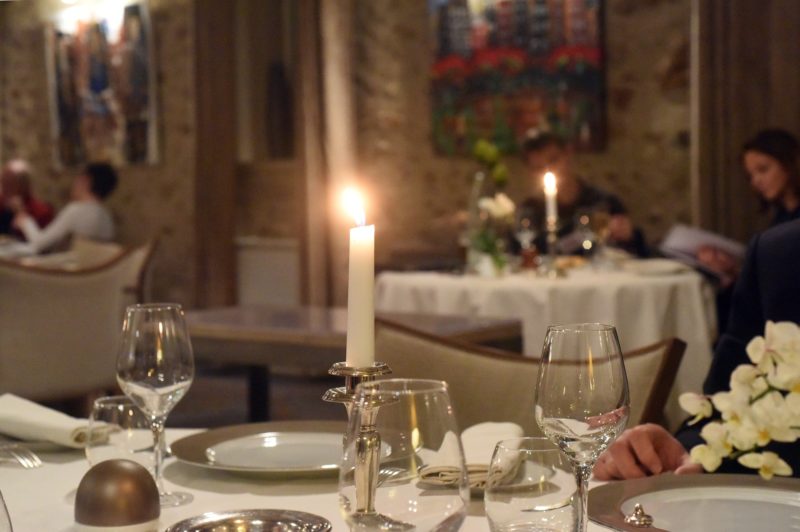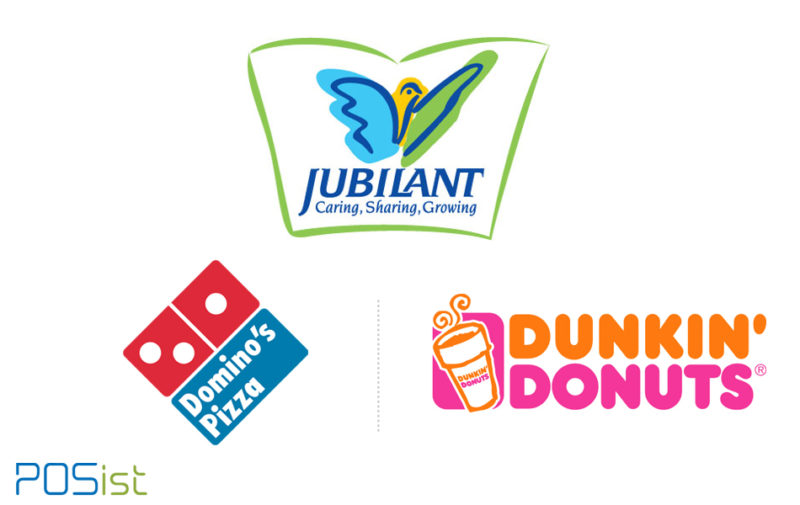It’s important to understand the dynamics of both fast food and fast casual restaurants, whether you’re considering opening a franchise, starting your food business from scratch, or simply trying to decide what kind of restaurant to eat at while on the go.
Fast food and fast casual restaurants may appear to be the same, but there are some significant differences. Fast food is fast because it cooks quickly, is easy to order, and requires little to no preparation time. Additionally, it frequently costs less than fast-casual eateries.
On the other hand, fast-casual eateries provide a more upscale experience, which may include better service, a nicer setting, more expensive meal prices, and a wider selection of their menus.
Continue reading as we talk more about fast-casual and fast-food restaurants, and mention their key differences to help you better understand their fundamentals.
What Are Fast Casual Restaurants?
A report claims that by 2027, the fast-casual restaurant sector will be worth a staggering $209 billion. Fast casual restaurant concepts provide fast food convenience without the full level of service found in fine dining. Many fast-casual eateries are hybrid concepts that feature customizable menu options, sit-down and takeaway services, and a focus on flavor and fun.
Fast casual dining features a more welcoming sit-down atmosphere and frequently allows you to create your meal. The ingredients on the menu are of higher quality than those used in most fast-food restaurants. Additionally, the constant need for innovation and menu customization is one of the main factors fueling the fast-casual restaurant industry’s expansion.
What Are Fast Food Restaurants?
A fast-food restaurant also referred to as a quick service restaurant (QSR) in the industry, is a specific kind of restaurant that offers fast food fare and little in the way of table service. Fast food businesses worldwide bring in more than $570 billion in revenue, which is more than the entire GDP of most nations. The segment is responsible for over 50% of all restaurant industry sales.
Fast food restaurants typically have a small menu, cook their food in bulk in advance and keep it hot, finish and package it to order, and offer takeout, though seating may be available. In addition, they frequently operate as a franchise or part of a restaurant chain that sells foods with pre-prepared or standardized ingredients.
Difference Between Fast Casual And Fast Food
Customers frequently struggle to tell fast casual from fast food. After all, both varieties of restaurants put a premium on providing quick service at reasonable costs. To help solve that doubt, here are the major differences between a fast-casual and a fast-food establishment:
Service Style
Generally, fast-casual and fast-food restaurants have menu boards at counters where customers place their orders. However, at some fast-casual eateries, the customer waits for their food at a counter while a server brings it to the table.
Several fast-food establishments also add a drive-thru option to their self-service menus, enabling customers to place their orders and get their food without getting out of their cars. Not all fast-casual restaurants provide this choice, though some do. Customers want to be able to walk in, place an order, and leave with their food in a reasonable amount of time, whether they are dining in or ordering food to go.
Therefore, fast-casual is a good choice for those who want a better experience than they would get at a fast food establishment but don’t have time for a fine dining experience.
Interior Design
Even though it appears simplistic, a fast food restaurant’s design takes a lot of consideration. The idea is to create a surface that is as appealing as possible while incorporating a few physiological components that are also intended to keep diners interested and increase their appetite. Because of this, the seating arrangement, whether in booths or restaurant chairs, is intended to be interactive and private.
On the other hand, fast casual restaurants are emphasizing their interiors more to impress customers who are ready to pay more for high-quality food and effective wait service. Modernism, comfort, and quality have become defining characteristics of interior design and material selection for fast-casual restaurants nationwide. In some locations, the kitchen design is also open, allowing customers to watch their food being prepared.
Pricing and Food Quality
Regarding price and the caliber of the food served, fast casual and fast food restaurants frequently have significant differences. While fast-casual restaurants tend to be more expensive than fast food, they are still less expensive than a sit-down meal ordered at a casual dining establishment.
Fast casual restaurants frequently have healthy menu options and frequently serve freshly prepared food made to order. Although the food quality is more on par with what you might find at a sit-down restaurant, the service is still geared toward people constantly on the go. Fast casual restaurants also excel at providing customization options, which leads to higher food costs and, therefore, higher menu prices than fast food restaurants.
On the other hand, fast food restaurants are frequently concerned with providing the quickest preparation time, which can result in lower quality, fewer fresh ingredients, and fewer customization options.
Fast food restaurants can provide complete meals, including a sandwich, fries, and a beverage, for less than $10, as opposed to fast-casual establishments, which charge approximately $10–$14 just for a main course. These fast service times and lower-cost menu items are undeniably appealing; nearly 50 million Americans eat fast food every day.
Examples
Chipotle is a good example of a fast-casual restaurant because you can choose what to eat and how much of it as you move down the line. Additionally, their menu offers a wide range of choices, so you can always try something new. Another fast-casual restaurant, Noodles & Company, offers made-to-order pasta bowls tailored to your preferences in terms of protein, sauce, and type of noodle.
On the other hand, McDonald’s is an example of a fast food restaurant. This is because McDonald’s has a register where you can place your order without speaking to anyone directly unless you need more items for your plate. Another example of a fast food establishment is Taco Bell, which has drive-thru windows that enable customers to place an order through the window of their vehicle before pulling into the parking space. This eliminates the need for any line waiting.
Conclusion
Compared to a standard fast-casual restaurant brand, there are many more fast-food locations. However, based on a report, the fast-casual restaurant market is predicted to grow by more than USD 186.27 billion by 2026, at a CAGR of 12%. A different study also revealed that the fast-casual market is the only part of the restaurant sector that has seen an increase in foot traffic over the past five years.
Regardless of your business model, payment processing is critical in all establishments. At Posist, we provide a line of point-of-sale (POS) systems specially created for the food service sector. Additionally, you can choose from various sizes for these POS solutions, including standalone countertop systems and mobile POS credit/debit card readers that you can use on the ground, at the curb, or during deliveries.

















